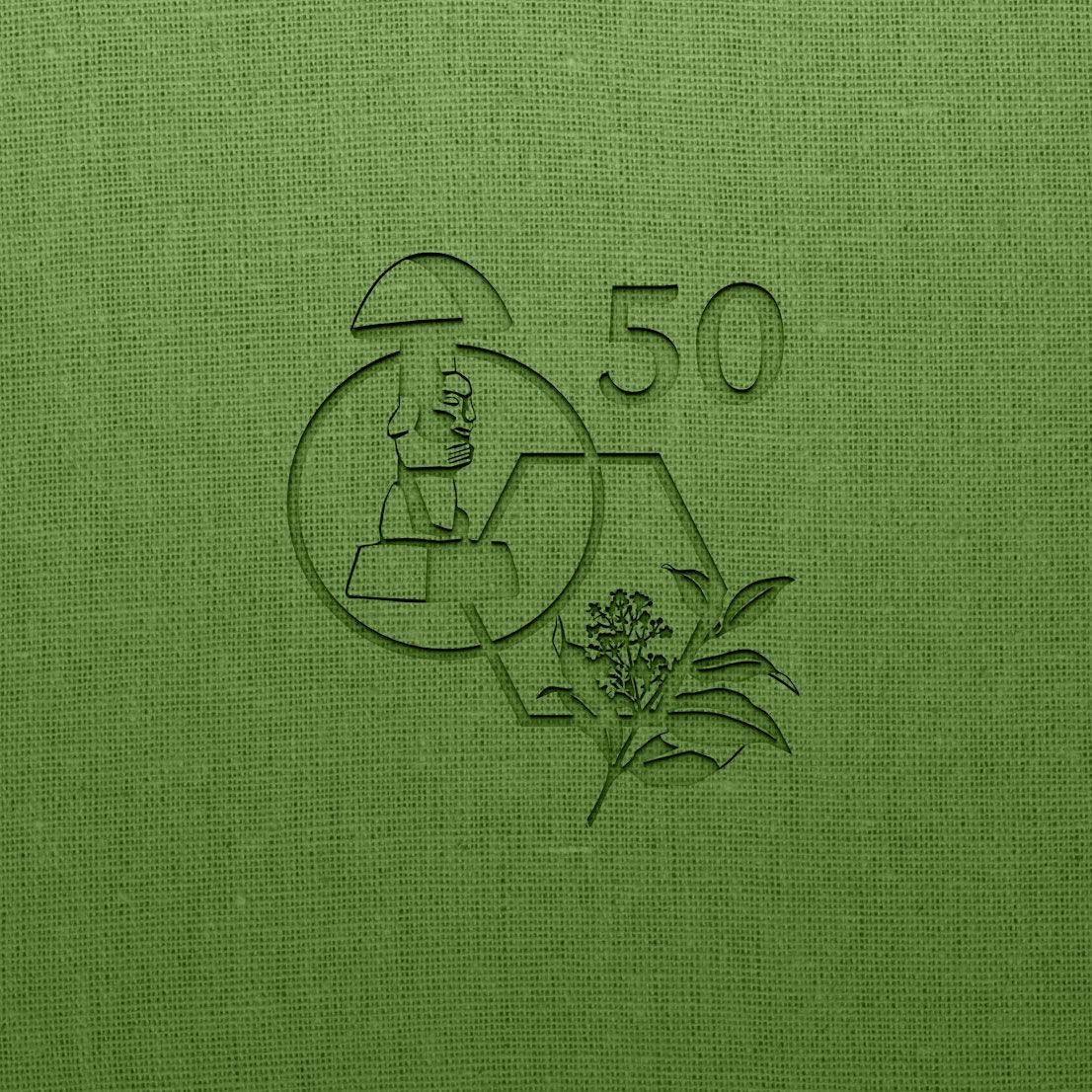This era of our lives has been marked by radical and rapid change, be it in terms of technology, society, or even academia. Research has changed significantly over the past few decades, with ethics, common practice, and fields of focus constantly shifting. Academic investigation into natural psychoactive agents displays this change better than many fields. In the 1960s, this was a popular field of study that held a prominent position in the minds of the public. Little did academics know that the field would end up going largely quiet for many decades as a result of changing societal acceptance for "drugs" and all that they represented, accompanied by a vilification of hallucinogenic substances, especially in the United States.
Ethnopharmacologic Search for Psychoactive Drugs: 50 Years of Research comes at a time when we are seeing the flames of interest being rekindled in research on psychoactive substances. Edited by Dennis McKenna with Sir Ghillean Prance, Benjamin De Loenen, and Wade Davis, this volume is riding the wave of returning interest, and may itself come to serve as a catalyst of fascination in the future. This seminal piece combines papers from the original 1967 Ethnopharmacologic Search for Psychoactive Drugs symposium (volume I), together with research and reflection from the field at another gathering 50 years later in 2017, (volume II). These two volumes serve not only to capture and frame a field of study at two points in time, but also to display the ways in which some elements of the discipline have changed while others have remained unchanged. The editors pull together a fascinating array of papers into a double volume that could very well be the leading spark of interest among a new generation of researchers.
Whether the reader may be a chemist, botanist, mycologist, anthropologist, physician, or some combination of these labels, this two-volume set serves as an essential reader on the topic of psychoactive plants and fungi, with papers to please readers both in and outside the discipline. These books are filled with fascinating information that will likely capture the imagination while drawing awareness to an important area of research. Though the writing may be too technical for a general audience at times, the majority of the articles are accessible enough to be appreciated by most any interested and invested reader.
Both volumes are well laid out, while also being supported by introductory and closing sections, as well as transcripts from discussions carried out at the conferences. They are also broken down into thematic chapters containing various works from a range of academics specialising in the field. These papers serve not only to round out each theme, but also to present the range of research that falls within the field of study surrounding psychoactive compounds. Though naturally much of the information from the first volume can now be widely found on the internet and in books, to read it in its original form carries its own value.
Though public interest in this field may have waned in the past 50 years, the authors make it clear that this does not mean the quality of research has declined. The second volume's opening focuses on the findings of the past 50 years and shows us that many new discoveries have been made in the field of psychoactive drugs. Such new research allows us not only to inform ourselves, but to see the growth that has emerged since the first conference half a century ago. Such discoveries and the knowledge that the field has continued to progress is certainly a reassuring sign, one that likely will prove to capture the excitement and curiosity of young researchers entering the field.
To call this collaborative two-volume work timely is an understatement; interest in psychoactive substances for treating mental health issues has re-emerged as a topic of interest, which is increasingly being discussed publicly. Many psychoactive plants and fungi are now used worldwide, and questions of legality and intellectual sovereignty abound. This book set not only places itself within this discourse, but with the inclusion of work done 50 years ago allows us as readers to contextualise the modern works emerging by contrast and comparison. The second volume, focusing on modern work, allows us to see the evolution of the field as well as to grasp how the current academic landscape appears.
However, to speak so generally of these two volumes cannot do it justice. With such a wide range and depth of topics and academic angles presented, it is impossible to appreciate the wealth of information contained. The following sections have been compiled by an interdisciplinary team from around the world specifically for the Ethnobotanical Assembly, and aim to present various sections in a greater level of detail.

